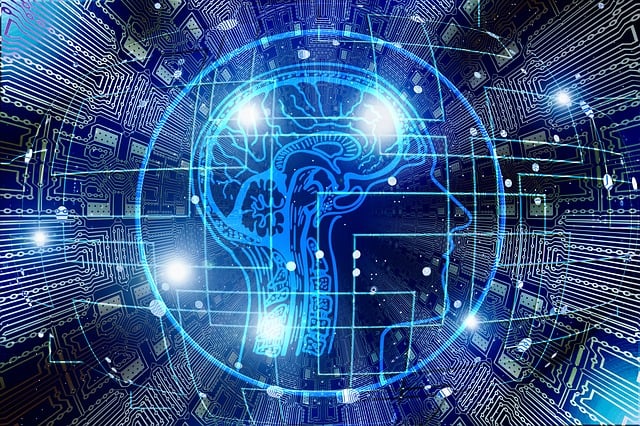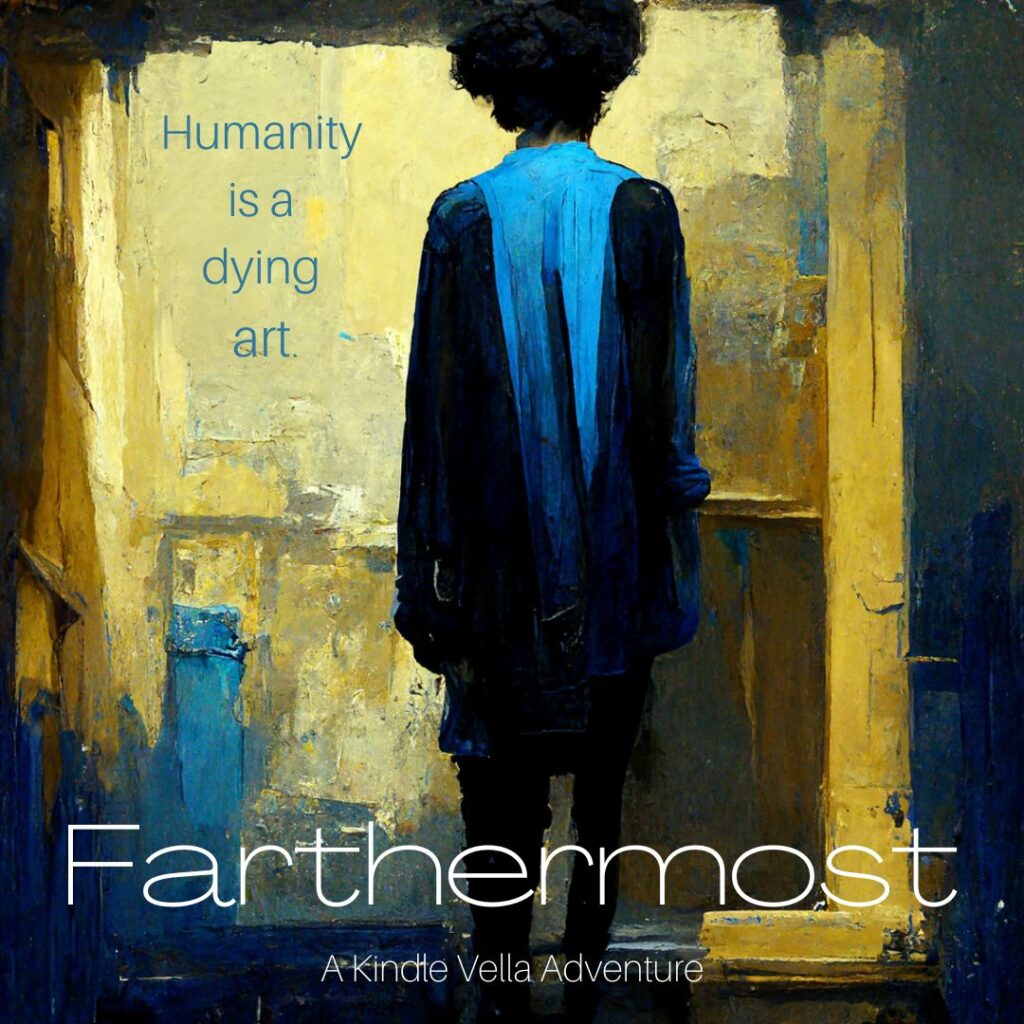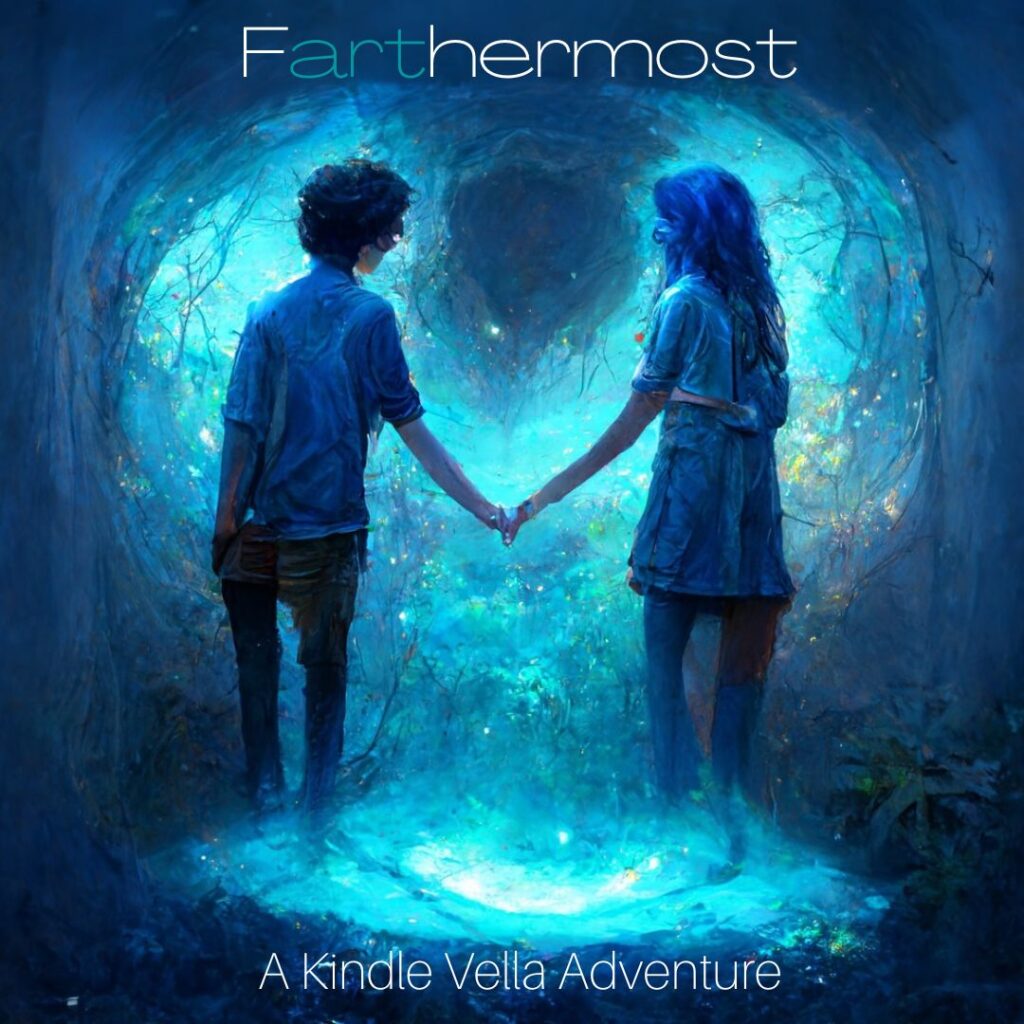
| No other topic will be as discussed in 2023 publishing as AI. If you’re not yet paying attention, you should be. Let’s break down the perks and concerns of artificial intelligence as it pertains to self-publishing. As with everything in this industry, I encourage you to investigate the subject and reach personal conclusions. My aim here is to ensure my clients are informed and protected. Machine learning is here. We’ve all laughed at the social media posts of AI spitting out a Hallmark movie script, a holiday coffee commercial, or something else to entertain us about how wildly accurate, yet off, they are. But as we all know, the quality of content that ai generates improves with more time and more publicly available content. And yes, that includes your books, blurbs, bios, blog posts, and marketing pitches. December marked the first time I’ve seen someone publicize their entire journey for a children’s book, from idea to uploaded for sale on Amazon, completely leaning into ai technology for everything. The subject matter was a robot, so this creator/programmer used his ai experience as a marketing tool for the book. Check out the polar reviews for yourself—hailed as groundbreaking! and abysmal! The point here isn’t the quality of the reading experience—it’s early, and I agree with one reviewer who suggested if this guy was a writer, he might have instructed the ai software better. The point here is that soon, as ai improves, potential buyers will not know the difference between books generated by ai and your books. There is no way to stop this technology, so we should think about how to ai-proof our brand and our businesses. The human element will be imperative. This statement may seem strange coming from someone who’s built a freelance business as a ghostwriter. Ghostwriting is a form of deception when considering the marketing angle. It's problematic when an author presents herself as someone who has locked herself away in her office and toiled over every sentence when, in fact, she hired out the process. But at its most basic level, the unfolding words are still a dynamic interplay and creation between a writer—a ghostwriter—and a reader. Human to human.So what happens when that dynamic interplay happens between software/algorithms and a reader? Social media platforms already feed us content that most excites us. Does that mean we can look forward to books in our favorite genres that align our most desirable tropes like catnip and deliver a story we’re guaranteed to love, or does that mean a fundamental breakdown in the heart and themes and human connectedness readers feel after a great read? THE WORDS ChatGPT is probably the ai interface you’ll hear most about this year. In exchange for signing up on the site with your name, phone number, and email address, this interface allows you to feed it information about what you want it to generate, and it will write copy for you. I promise that your author competition is already availing themselves of this technology to brainstorm plots, write rough drafts of back cover blurbs, and come up with those punchy marketing lines in their ads. For example, compare these two blurbs for my Kindle Vella story, FARTHERMOST: Blurb written by Laura: Five years past the End Times War, inside the bombed-out shell of the Metropolitan Museum of Art in New York, seventeen-year-old Ronin Black discovers a portal to a secret realm where all of art's masterpieces, from doodles to Degas, blend into a vast canvas of shared emotion. Together with a motley band of art misfits, this thief-turned-guardian discovers that the key to restoring humanity is closer than he ever imagined. New episodes on Thursdays and Sundays. Blurb written by ChatGPT: Ronin is a teenage boy thief with a knack for finding trouble. One day, he discovers a secret portal to an art realm where all of the world's masterpieces blend together. With the help of new friends he meets there, Ronin becomes the guardian to the realm and sets out on a mission to restore humanity. But danger lurks around every corner, and Ronin must use all of his skills and cunning to protect the art realm and the people he has come to care about. Obviously, it generates the specificity you put into it. Maybe it's more compelling than mine - who knows? But you can see how it becomes a baseline for ideas in many publishing areas. Some things to know about ChatGPT: The potential for plagiarism is ripe (after all, it’s picking content from public sources), so use it only as a brainstorming tool. Word-for-word will get you into hot water. Don’t believe everything it generates. Fact-check everything independently. Never submit personal information. For example, if you’d like it to write you a resume, input fake-but-similar information while it generates. Then substitute your personal information when preparing to send the material. This site is run by ai researchers, which is the reason it requires an account to log in.The site goes down frequently because its traffic is climbing exponentially. Keep trying if you don’t get in the first few times. THE GRAPHICS I used Midjourney (ai for graphics) to generate the art I used for FARTHERMOST for several reasons. This choice allowed me to (a) have meaningful conversations with my graphic artist/software engineer daughter regarding the future of this technology as it relates to publishing, (b) brought me closer to the genre art expected by teens and young adults, and (c) was accessible behind a paywall my daughter had already bought into for coding work. |



| Midjourney, like ChatGPT, scours all graphics ever created and uploaded to the internet, along with keywords that the user inputs, to generate graphics that sample and unify the illustrations and art of others. How much of any one artist is anyone’s guess, but without any one of the source materials, I would not have these precise graphics. As with text, it's early and imperfect, but your author competition already uses programs like Midjourney to create book covers, marketing ads, social media/brand banners, and website graphics. Will I use these graphics when I release FARTHERMOST on KDP? The short answer is that I’m still determining how I feel about all this. I still have a few months to decide. And so do you. Think about what "secret sauce" you bring to your readers that no one, especially a machine, can deliver. Focus the nurturing of your business in those directions. I encourage all of you to read up on ai and its potential impact on the publishing industry. What was once a futuristic sci-fi theory is here. Only you can decide how you feel about it and what impact you’ll allow on your brand and business. |